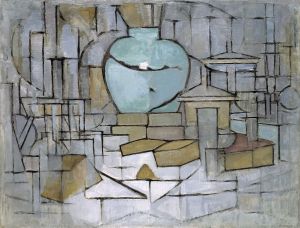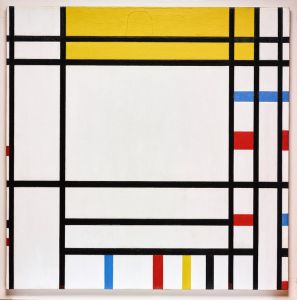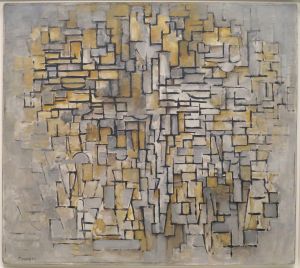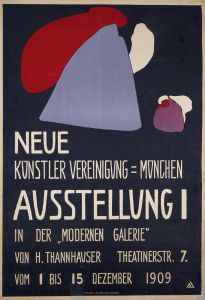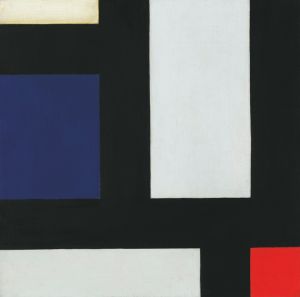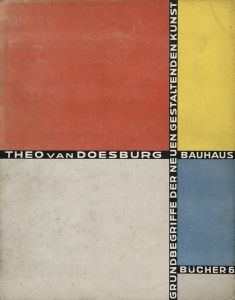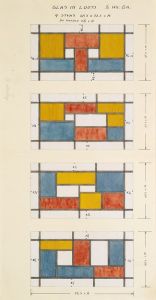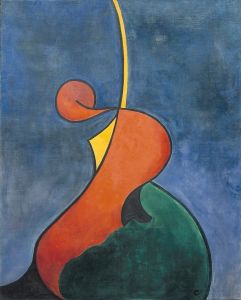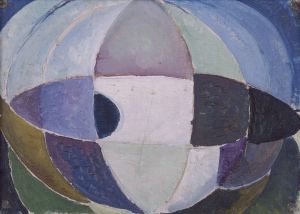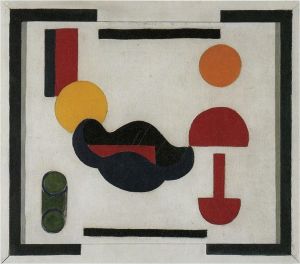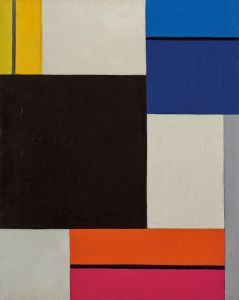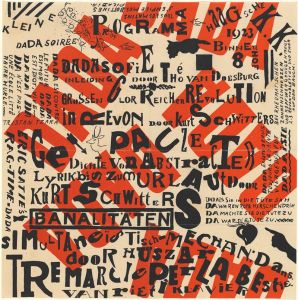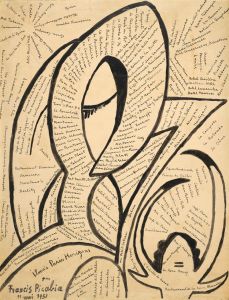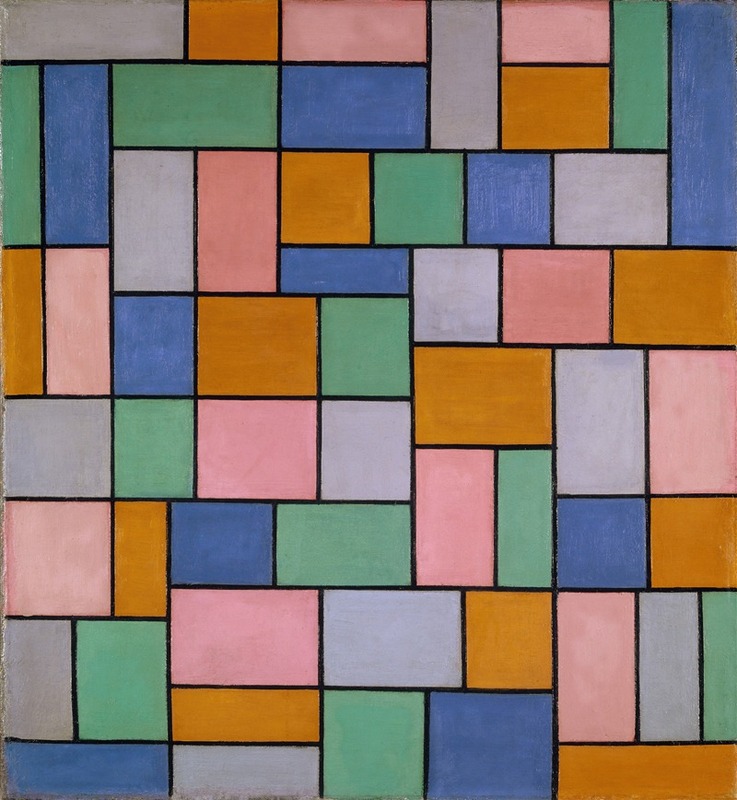
Composition in dissonances
A hand-painted replica of Theo van Doesburg’s masterpiece Composition in dissonances, meticulously crafted by professional artists to capture the true essence of the original. Each piece is created with museum-quality canvas and rare mineral pigments, carefully painted by experienced artists with delicate brushstrokes and rich, layered colors to perfectly recreate the texture of the original artwork. Unlike machine-printed reproductions, this hand-painted version brings the painting to life, infused with the artist’s emotions and skill in every stroke. Whether for personal collection or home decoration, it instantly elevates the artistic atmosphere of any space.
Theo van Doesburg's Composition in Dissonances is a painting created by the Dutch artist and key figure of the De Stijl movement. Van Doesburg, born Christian Emil Marie Küpper in 1883, was a painter, poet, and architect who played a pivotal role in shaping modern art and design in the early 20th century. His work often explored the relationship between form, color, and abstraction, and Composition in Dissonances is an example of his innovative approach to visual art.
The painting, created in 1919, reflects Van Doesburg's interest in abstraction and his departure from traditional representational art. It is characterized by a dynamic arrangement of geometric shapes and bold, contrasting colors. The title, Composition in Dissonances, suggests Van Doesburg's intention to explore visual "dissonance"—a concept borrowed from music, where dissonance refers to a lack of harmony or resolution. In this work, the artist uses color and form to create a sense of tension and energy, challenging the viewer's perception and expectations.
Van Doesburg was heavily influenced by the principles of De Stijl, a movement he co-founded with Piet Mondrian in 1917. De Stijl, meaning "The Style" in Dutch, emphasized simplicity, abstraction, and the use of primary colors, along with black, white, and gray. While Mondrian adhered strictly to horizontal and vertical lines, Van Doesburg often experimented with diagonal compositions, as seen in Composition in Dissonances. This divergence in artistic philosophy eventually led to a split between the two artists.
The painting is an important example of Van Doesburg's exploration of the relationship between art and modernity. It reflects his belief that art should transcend individual expression and contribute to a universal aesthetic language. By using geometric abstraction and vibrant colors, Van Doesburg sought to create a sense of order and harmony that could resonate with the rapidly changing world of the early 20th century.
Today, Composition in Dissonances is recognized as a significant work within the context of De Stijl and modern art. It exemplifies Van Doesburg's innovative approach to abstraction and his commitment to pushing the boundaries of artistic expression. The painting is held in high regard for its historical and artistic significance, serving as a testament to Van Doesburg's contributions to the development of modern art.





